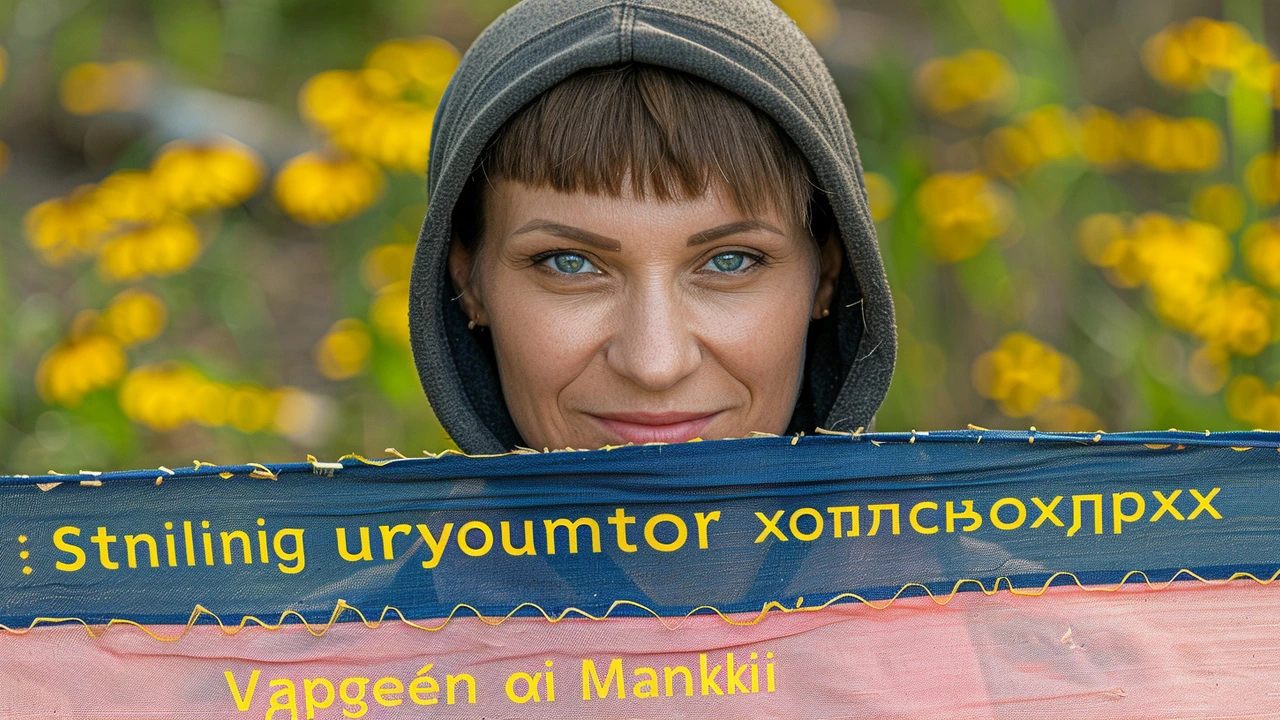Ukraine Economy: What’s Happening Right Now?
If you’ve been wondering how Ukraine’s economy is faring amid conflict and reconstruction, you’re not alone. The country’s GDP took a sharp hit after the war started, but recent data shows signs of stabilization thanks to foreign aid, agricultural exports, and a resilient workforce.
In 2023, Ukraine’s GDP fell about 30% compared with pre‑war levels. However, by early 2024 the International Monetary Fund (IMF) reported a modest rebound, driven largely by grain shipments that keep global food markets supplied. The hryvnia has also steadied after a volatile period, thanks to tighter monetary policy and support from the European Central Bank.
Current Economic Situation
Inflation is still high, hovering around 15% as of mid‑2024. Prices for food and energy remain volatile because supply lines are disrupted and Russian sanctions limit fuel imports. The government has introduced price caps on basic goods, but the caps sometimes lead to shortages.
Unemployment remains a challenge. Millions were displaced internally or moved abroad, and many can’t find work in war‑affected regions. Yet, the tech sector is booming; remote software development firms are hiring Ukrainian talent from safer zones, sending earnings back home and boosting the service export tally.
Agriculture continues to be Ukraine’s economic backbone. Wheat, corn, and sunflower oil exports have reached record levels this year, thanks to new river ports on the Black Sea that bypass blocked routes. These sales bring in vital foreign currency, helping the central bank defend the hryvnia.
Future Outlook & Opportunities
Reconstruction funding is pouring in. The World Bank, EU, and several bilateral donors have pledged over $30 billion for rebuilding infrastructure, schools, and hospitals. This influx will create jobs in construction, engineering, and logistics – sectors that historically drive growth.
Energy independence is another priority. Ukraine is investing in solar farms and wind projects to reduce reliance on Russian gas. Small‑scale renewable installations are already sprouting across the countryside, offering both power and income for farmers.
Investors are watching closely. While risk remains high, the potential upside of early entry into a recovering market is attracting venture capitalists focused on fintech, agritech, and clean energy. The government’s recent anti‑corruption reforms have also improved the business climate, making it easier to register companies and protect property rights.
In short, Ukraine’s economy is navigating a tough road but showing resilience. Growth may stay modest for now, but with steady aid, strong agricultural sales, and a growing tech sector, there are clear signs of momentum. Keep an eye on inflation trends, reconstruction projects, and the energy transition – they’ll shape the next few years more than anything else.
Stay updated here for quick, plain‑English breakdowns of what’s moving the Ukraine economy forward.

Boosting Ukraine's Economy: Policies and Strategies for Migrants' Return Amid Ongoing Conflict
Jun 13, 2024, Posted by Ra'eesa Moosa
With Ukraine facing significant economic challenges due to the ongoing conflict with Russia, the article explores policies aimed at stimulating growth and encouraging the return of migrants. Strategies include creating fortified economic clusters in western and southwestern regions, backed by comprehensive war insurance, reliable supplies, and a mix of private and foreign investments.
MORE